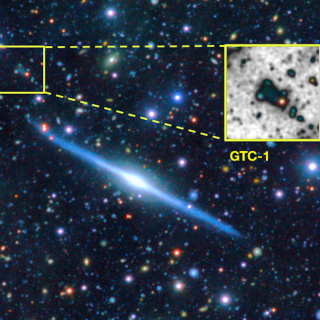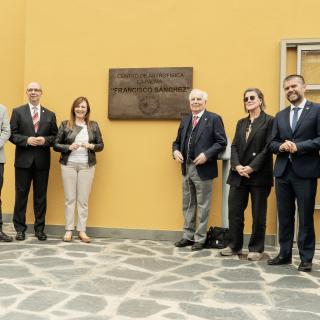The first Canary Earth Observation Satellite, belonging to the Instituto de Astrofísica de Canarias (IAC), has successfully passed all the pre-launch technical tests, and is on the way to the United States for launch from California before the end of the year.
ALISIO-1 (Advanced Land-Imaging Satellite for Infrared Observations) is the first Canary satellite which will orbit the Earth, in the framework of the ALISIO space programme, led by the IAC and coordinated by the IACTEC-Space group. In 2018, the team gained its first success after the launch of an atmospheric sounding balloon with live imaging and video. “From then, our main objective was clear, we had to put the first Canary satellite into orbit and using our own development”, says José Alonso Burgal, the manager of IACTEC-Space. To achieve the ALISIO-1 mission, the IAC has been working together with Open Cosmos, a company which has designed and manufactured the satellite and who will operate the satellite temporarily once launched. Other collaborative-companies are Deimos and D-Orbit.
This canary satellite will have dimensions 30x20x10 cm, which is termed 6U in the small satellite field. It carries as its main instrument a DRAGO-2 (Demonstrator for Remote Analysis of Ground Observations) camera, developed by IACTEC-Space, which has obtained excellent results after it was put into orbit on a demonstration mission at the beginning of this year. Alfonso Ynigo, systems engineer in the team and in technical charge of the satellite, assures us that “the camera has yielded images of very high quality, and has demonstrated beyond doubt its excellent performance in the conditions in space”. DRAGO-2 observes in the near infrared, also called SWIR (Short-Wave Infrared) a range which offers information of great interest for numerous studies and applications.
The satellite will become a key factor in planning the prevention and actuation against natural catastrophes. It will allow the monioring of environmental phenomena such as wildfires, desertification and excess humidity in crops, floods, oil spills in the ocean and many other effects related to climate change. The DRAGO cameras have already showed their efficiency in similar areas, both in the volcanic eruption on La Palma, in 2021, and the Forest Fire in Arafo in 2023.
One step further: laser communications
A secondary instrument on board ALISIO-1 is an optical laser communications module that will allow the DRAGO-2 camera to send its images to any optical station on Earth. This instrument allows intormation to be transmitted at higher speed than radio commnication, which is more frequently used in satellites. Luis Fernando Rodríguez-Ramos, in charge of the optical communications project at the IAC, explains that “the difference between using radio transmission and optical communications is similar to installing fibre optics in a house, it allows the data to be sent down to the ground at higher velocity”.
At the present time, ALISIO-1 is en route to the Vandenberg Air Force Base, in the United States, for launch before the end of the year. The exact date will be known two to three days before launch. There will be a direct broadcast via YouTube and it will be announced via the social media of the IACTEC-Space team.
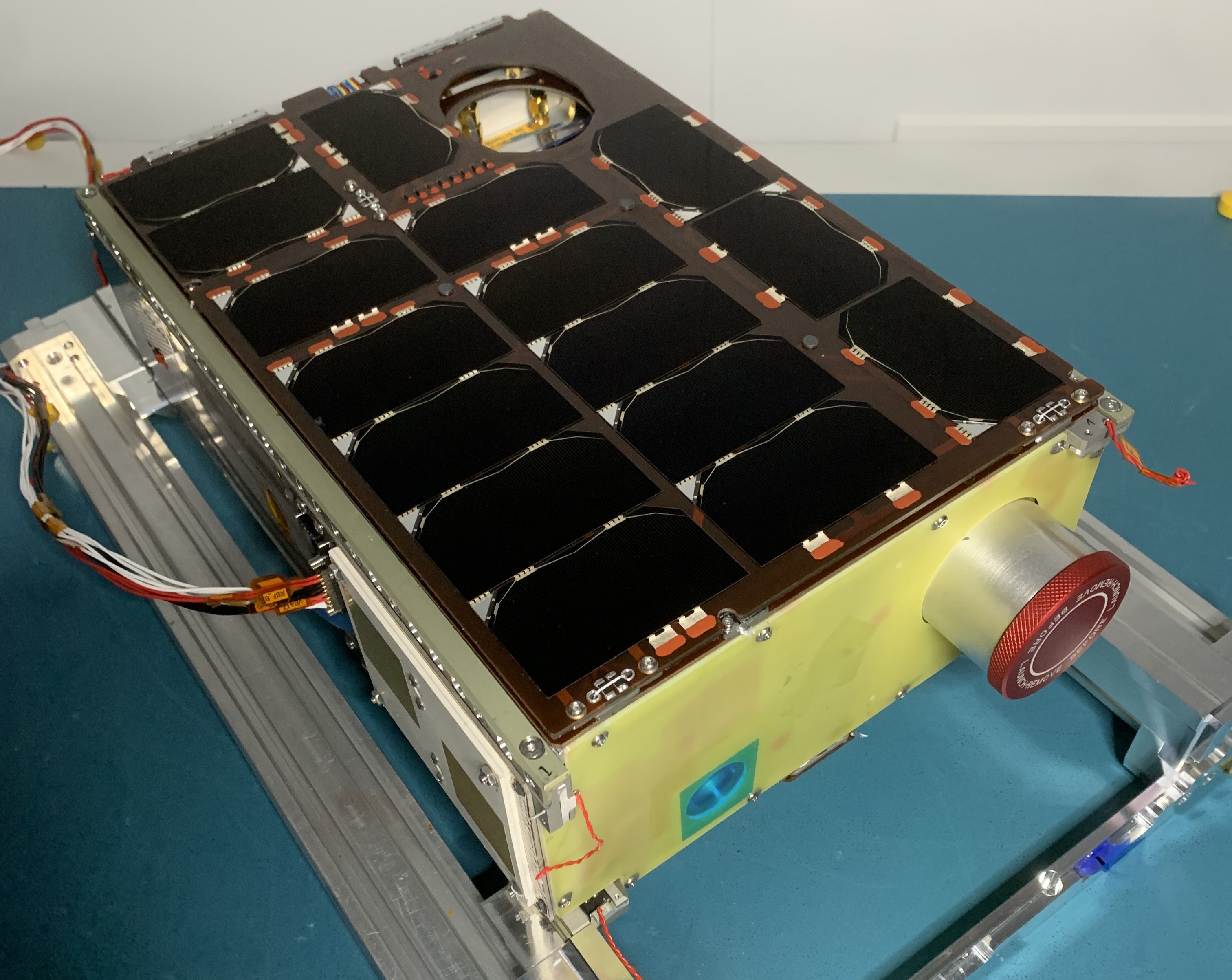
The IAC is in the process of installing a ground control station in its headquarters, which will give the Instituto a great deal of autonomy in the control of ALISIO-1, and in the receipt of information from this and from other satellites. This will imply a major advance for the research activity in the Canaries, allowing full initiatives in reacting to events, especially to natural catastrophes.Until this ground control station is established, Open Cosmos, as part of its end-to-end mission management service, will operate the satellite and extract data on behalf of the IAC. This collaboration represents a crucial interim solution that facilitates the collection of vital satellite data. Until this ground control station is established, Open Cosmos, as part of its end-to-end mission management service, will operate the satellite and extract data on behalf of the IAC. This collaboration represents a crucial interim solution that facilitates the collection of vital satellite data.
IACTEC-Space, led by IAC researcher Álex Oscoz, is a programme within IACTEC, the area of technical and commercial collaboration of the IAC, which has financial support-Capacitation Programme under the auspices of the TFINNOVA Programme of the Strategic Island Development Framework (MEDI,for its initials in Spanish), of the Island Cabildo of Tenerife. IACTEC-Space is funded by the Plan of Recovery, Transformation, and Resilience of the Spanish Government, and by the Centre for Techonological Development and Innovation (CDTI).
More information:
Web of the IACTEC-Space project
Contact in IACTEC:
- Patricia Chinchilla: patricia.chinchilla [at] iac.es (patricia[dot]chinchilla[at]iac[dot]es)
- Alfonso Ynigo: alfonso.ynigo.rivera [at] iac.es (alfonso[dot]ynigo[dot]rivera[at]iac[dot]es)
- Álex Oscoz: alex.oscoz [at] iac.es (alex[dot]oscoz[at]iac[dot]es)
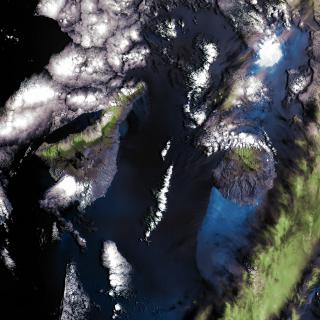
Development of optical payloads for micro-satellites for Earth observation from low orbits.
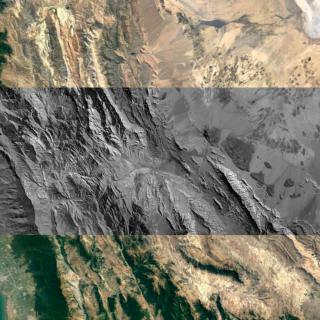
The DRAGO-2 instrument, developed by the Instituto de Astrofísica de Canarias (IAC) and launched in January from Cape Canaveral, has sent its first images of the Earth from space, showing a resolution six times better than that of its predecessor DRAGO-1. The space-borne camera DRAGO-2, (Demonstrator for Remote Analysis of Ground Observations), launched into space on January 4th, is the second instrument designed by IACTEC-Space. It observes in the short wavelength infrared, (acronym SWIR), a range invisible to the human eye, but nevertheless very useful for many studies and applications. In
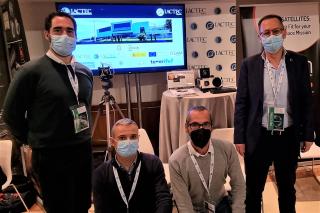
After the excellent results from its predecesor, DRAGO (Demonstrator for Remote Analysis of Ground Observations) the updated version of this instrument, designed to observe the Earth from space in now ready. DRAGO-2 has optics with higher resolution, and fills the need for images in the short wavelength range of the Canaries and of other parts of the world. This marks the start of the stage of design and manufacture of the satellite in which it will be launched. This satellite has been named ALISIO-1 (Advanced Land-Imaging Satellite for Infrared Observations) and will be developed in
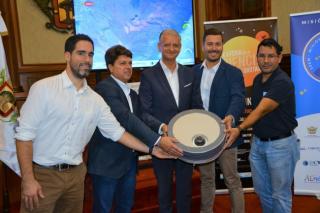
IACTec Espacio ha liderado el diseño y la construcción del instrumento que se lanzará mediante un globo estratosférico este domingo, 11 de noviembre, de la Plaza de la Constitución del municipio norteño. Desde que comience su ascenso, transmitirá imágenes en alta definición que podrán verse en directo.







